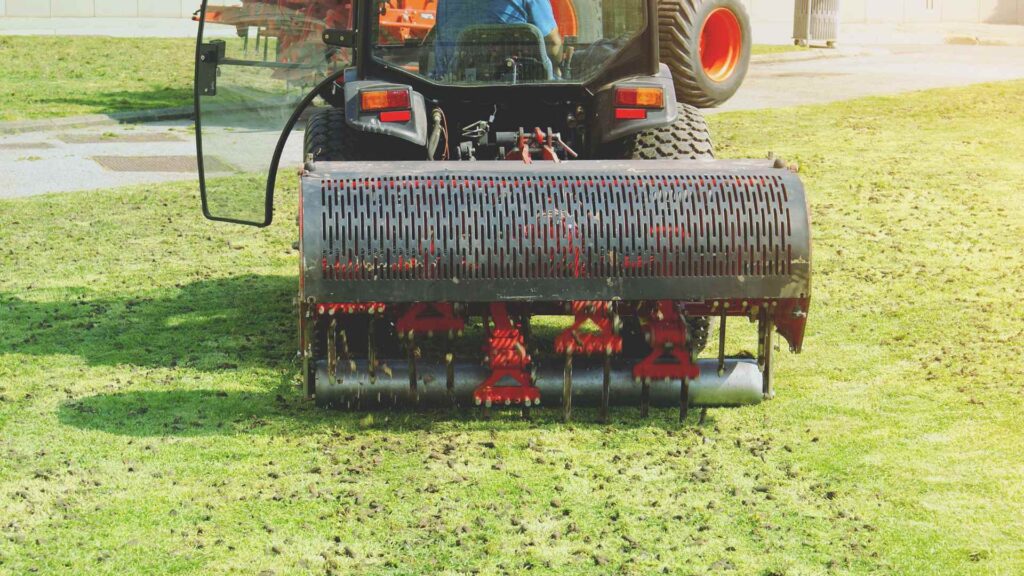Overseeding and Aeration Overland Park Services Now Offered
Having a lush and vibrant lawn can significantly enhance the beauty and curb appeal of your home. However, maintaining a healthy lawn requires regular care and attention. One crucial practice that can revitalize your lawn and promote its growth is overseeding. In this article, we will explore the benefits of overseeding and why it should be an essential part of your lawn care routine.
What is Overseeding?
Overseeding is a lawn care practice that involves spreading grass seed over an existing lawn. The primary purpose of overseeding is to introduce new grass varieties into your lawn, filling in bare patches, and enhancing the density of the grass. By doing so, your lawn becomes more resilient to environmental stressors and recovers from any damage caused by foot traffic, pests, or extreme weather conditions.
The Importance of Overseeding
Over time, lawns can become thin and weak due to factors such as aging grass plants, diseases, and changing environmental conditions. Overseeding provides a proactive solution to combat these issues and prevent further deterioration. By adding fresh grass seed, you can ensure that your lawn remains thick, green, and healthy year-round.
When to Overseed Your Lawn
The best time to schedule overseed and aeration for your lawn depends on the type of grass you have and your regional climate. In general, the optimal time for overseeding is during the early fall when the soil is still warm, but the air temperatures are cooler. This allows the newly germinated grass seed to establish itself before the harsh winter conditions arrive.
Choosing the Right Seed
Selecting the right grass seed is crucial for the success of overseeding. Consider factors such as the amount of sunlight your lawn receives, soil type, and climate. Choose grass varieties that are well-suited to your specific conditions, as this will ensure better growth and overall performance.
The Overseeding Process
When overseeding, use a spreader to distribute the grass seed evenly across the lawn. For better coverage, apply half the seed in one direction and the other half in a perpendicular direction. After seeding, gently rake the lawn to help the seeds make contact with the soil.
Post-Overseeding Care
After overseeding, keep the soil consistently moist to promote germination. Water the lawn lightly and frequently, ensuring the seeds do not dry out. Once the new grass reaches a mowing height, gradually transition to your regular lawn care routine.

